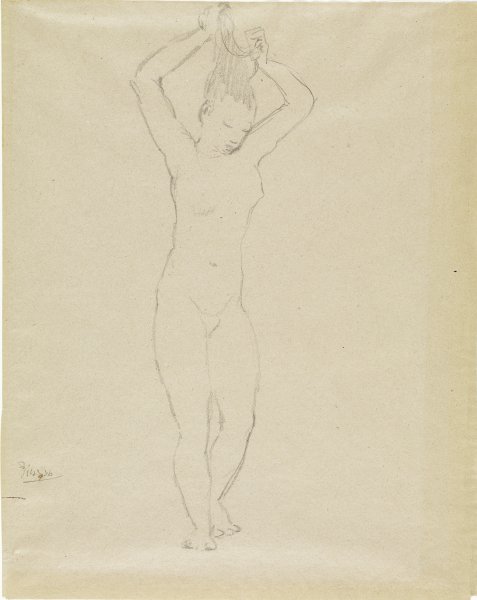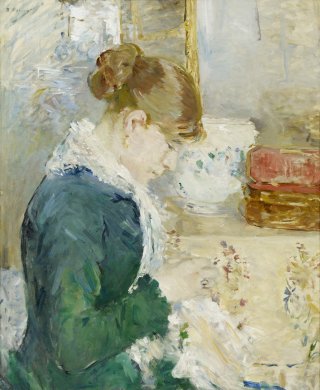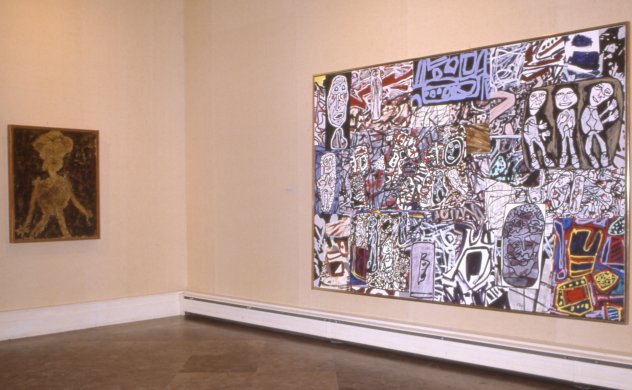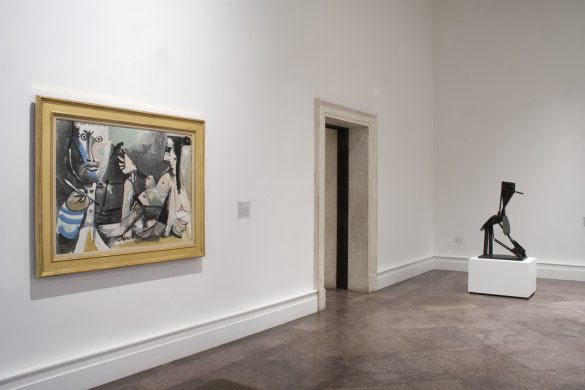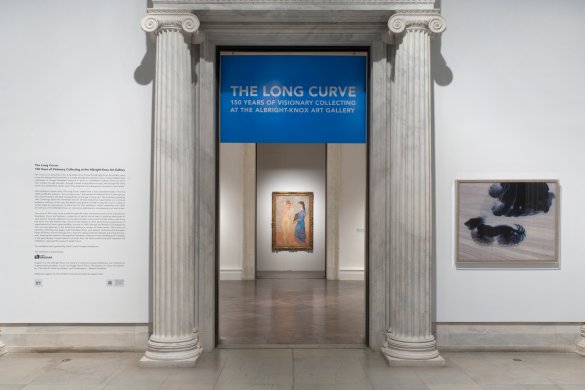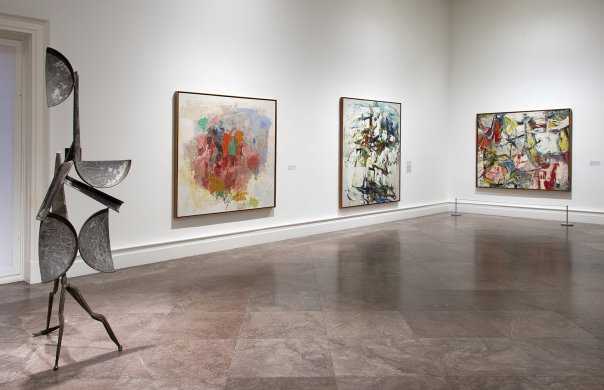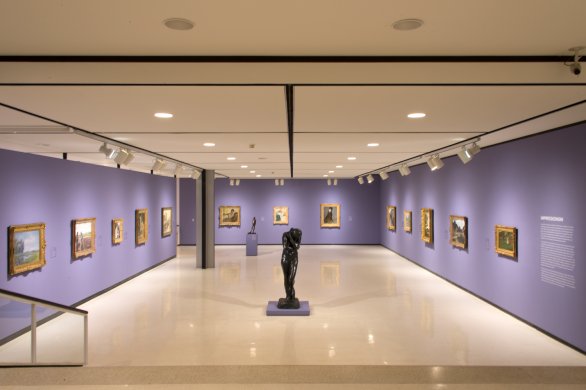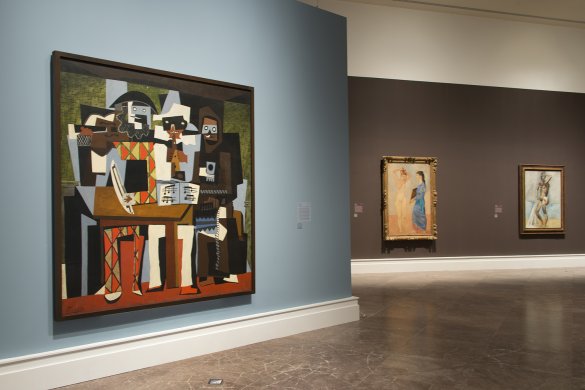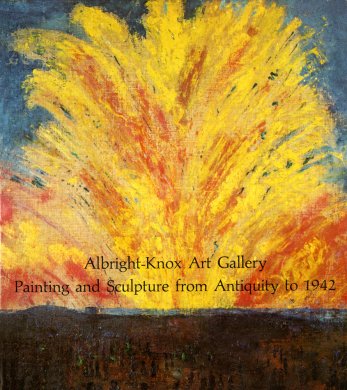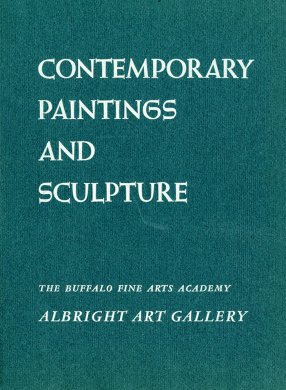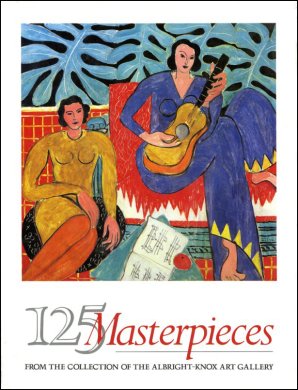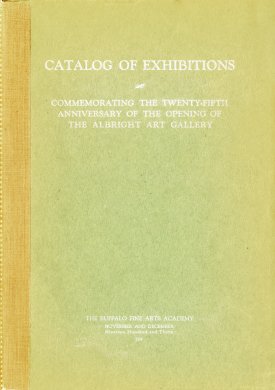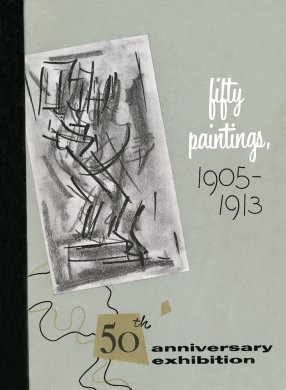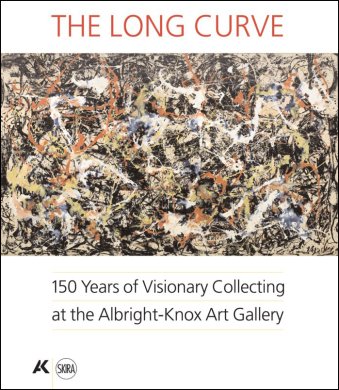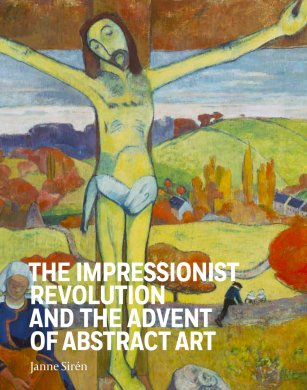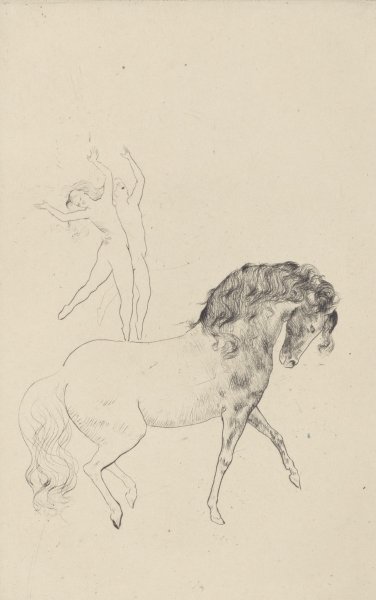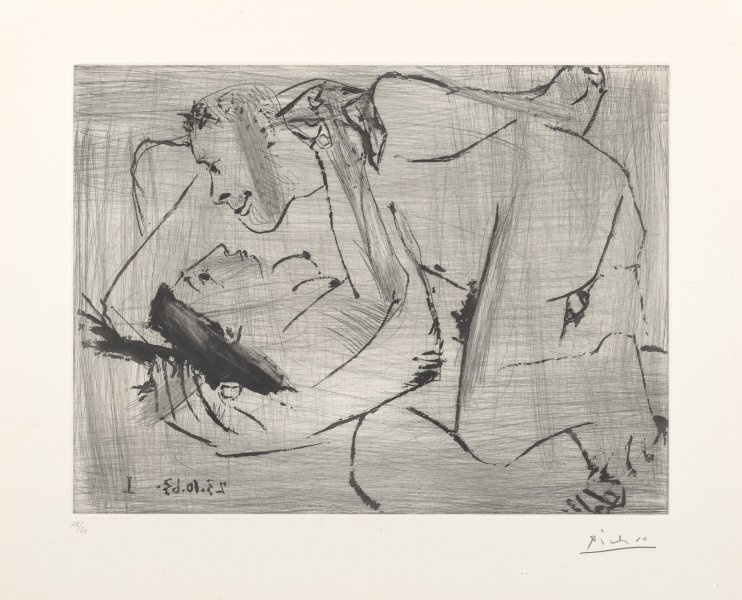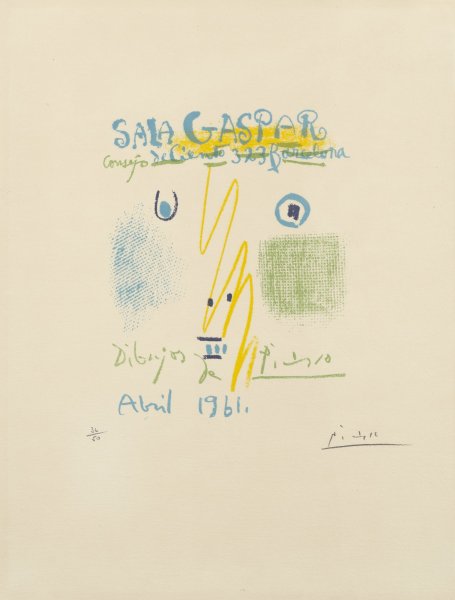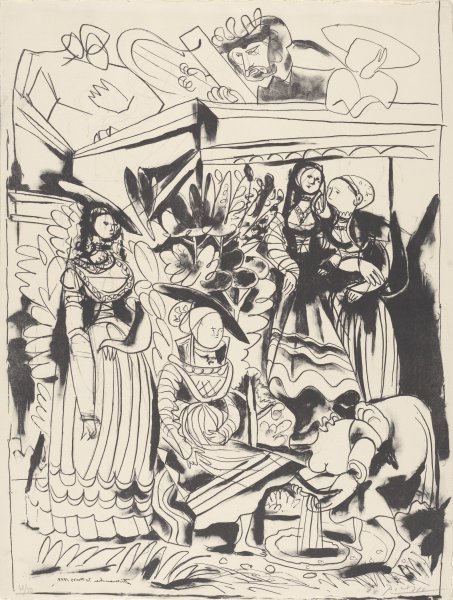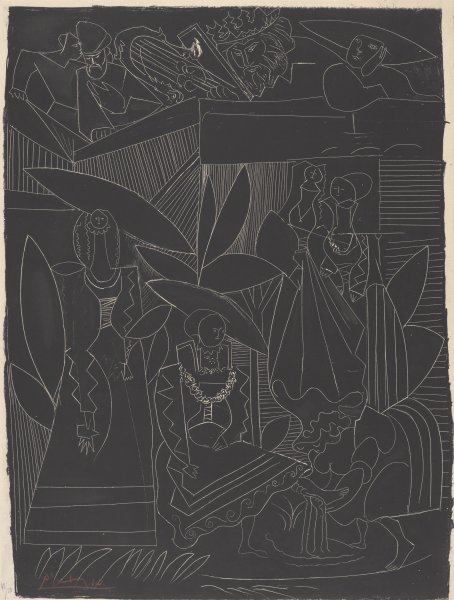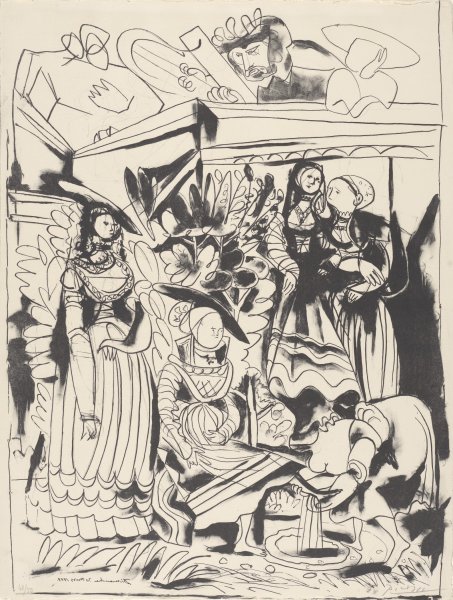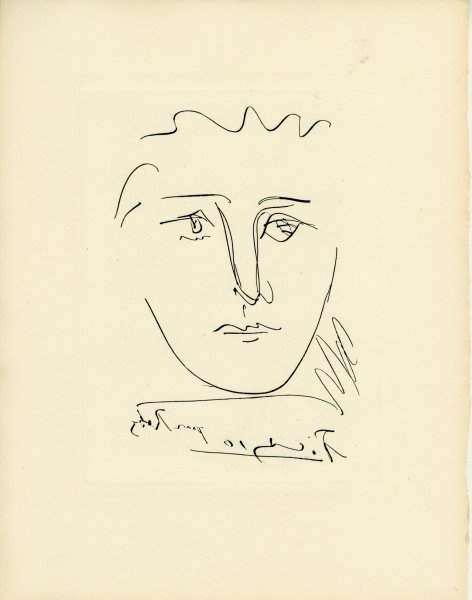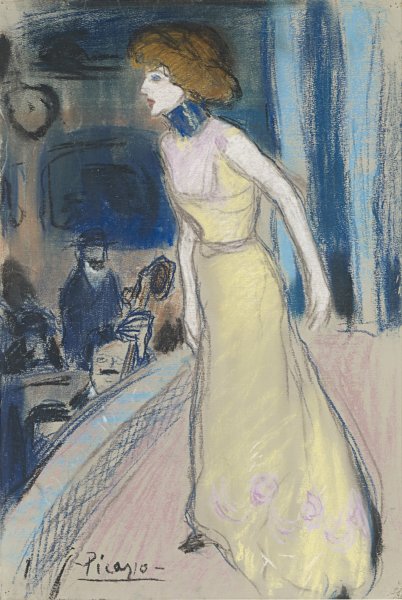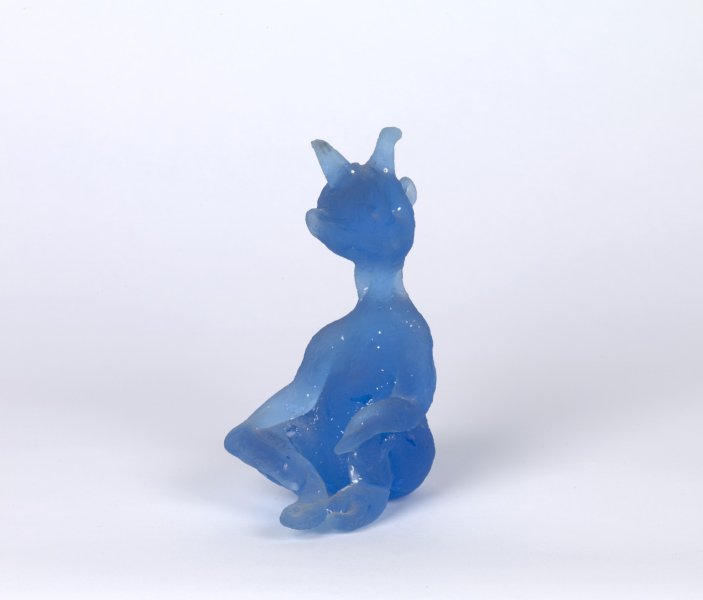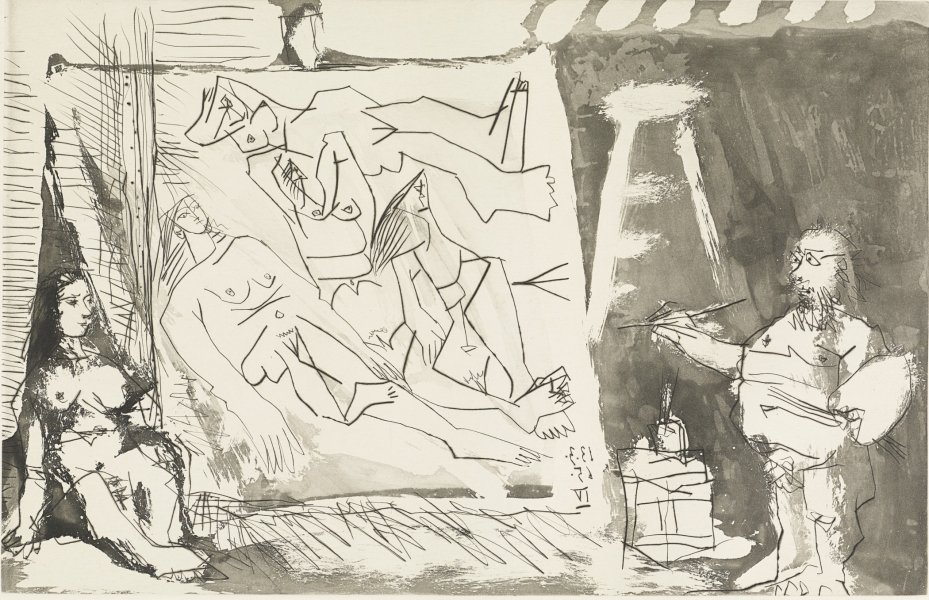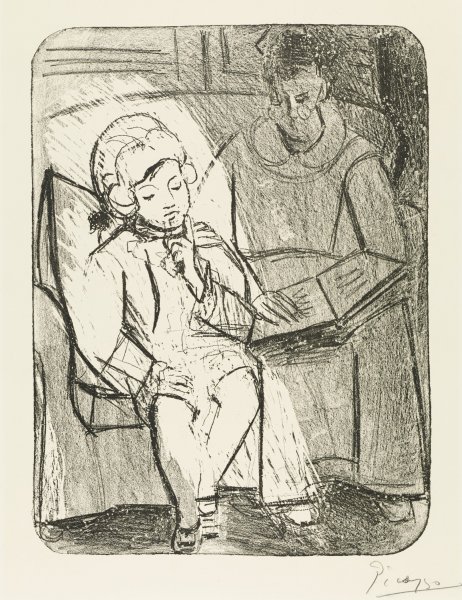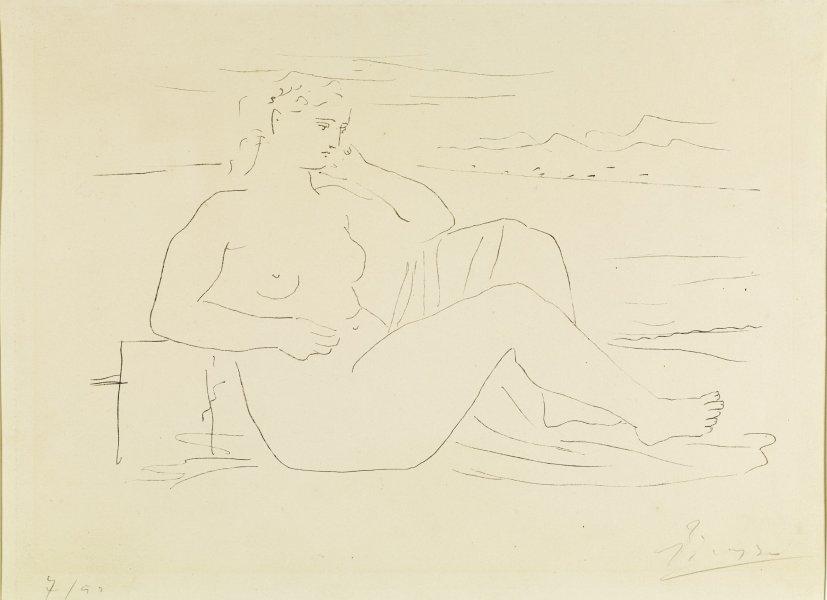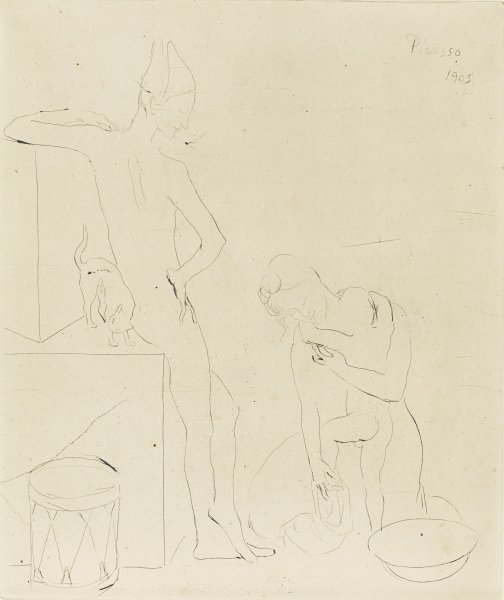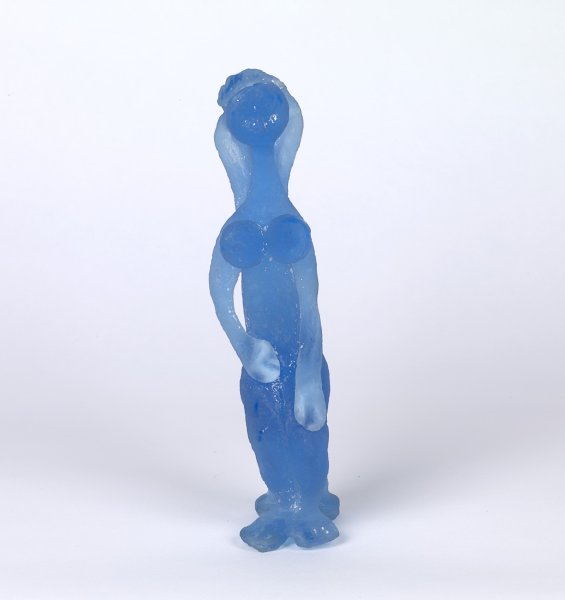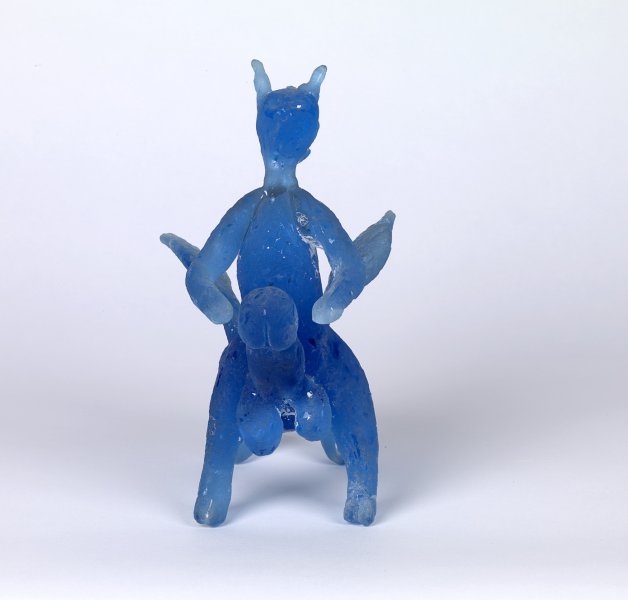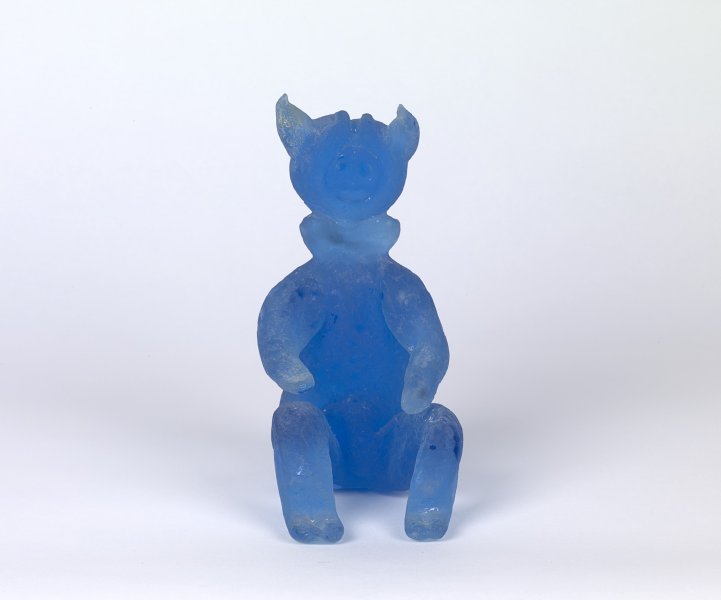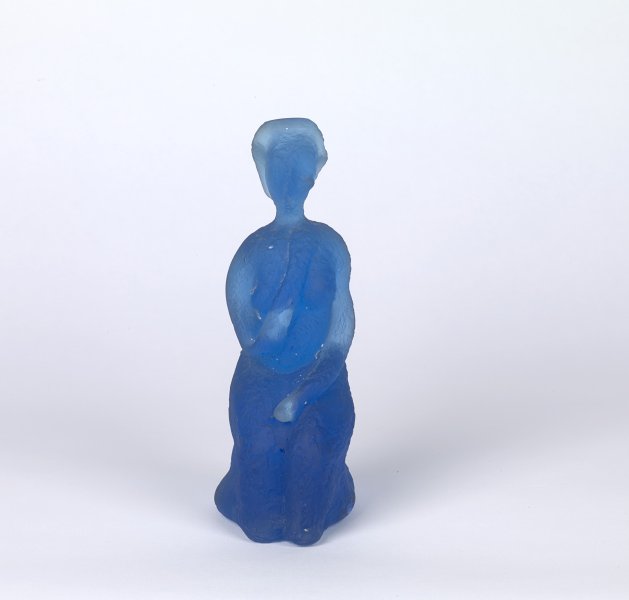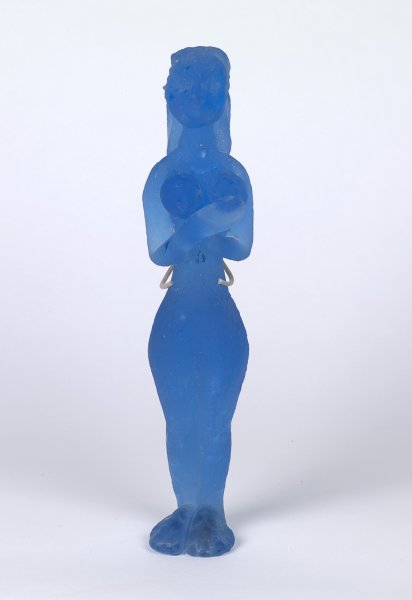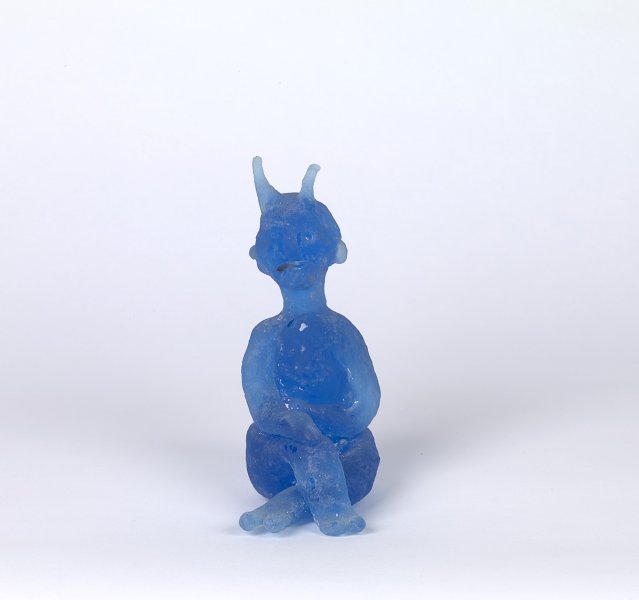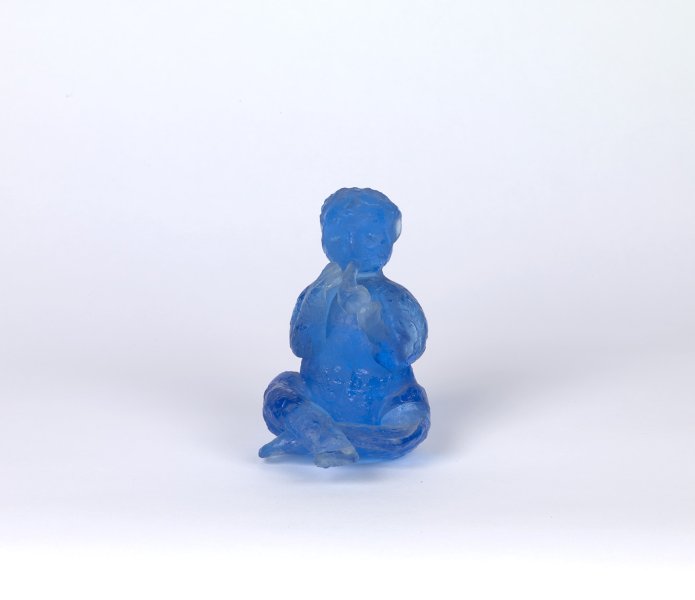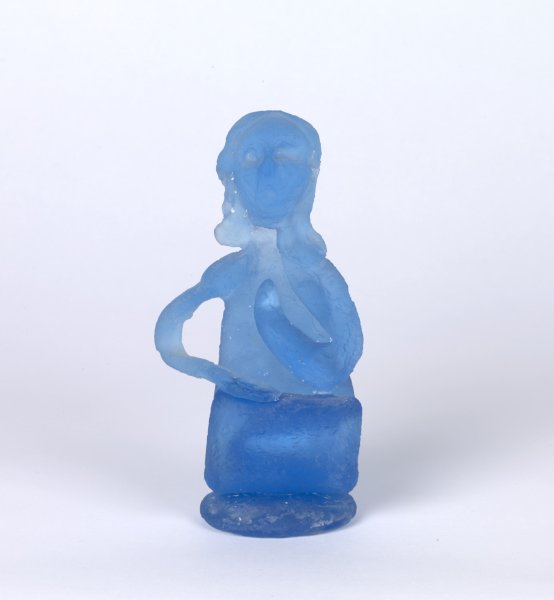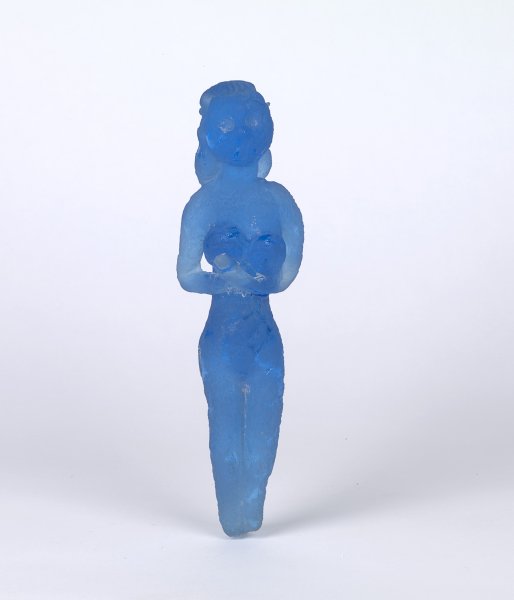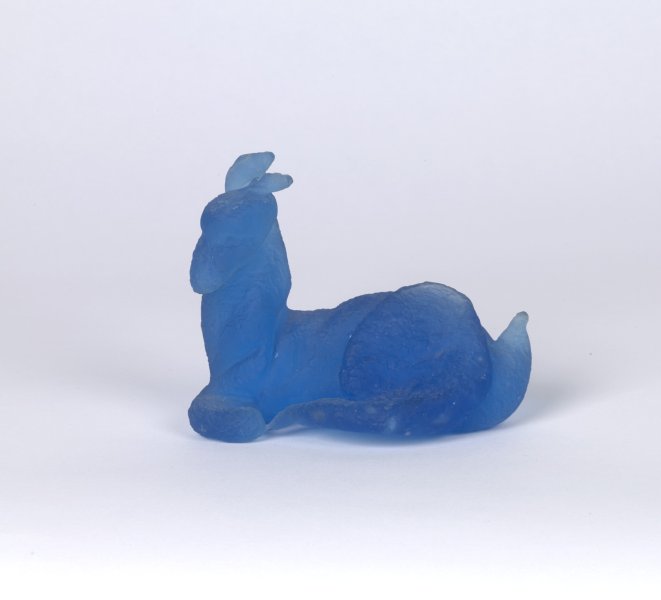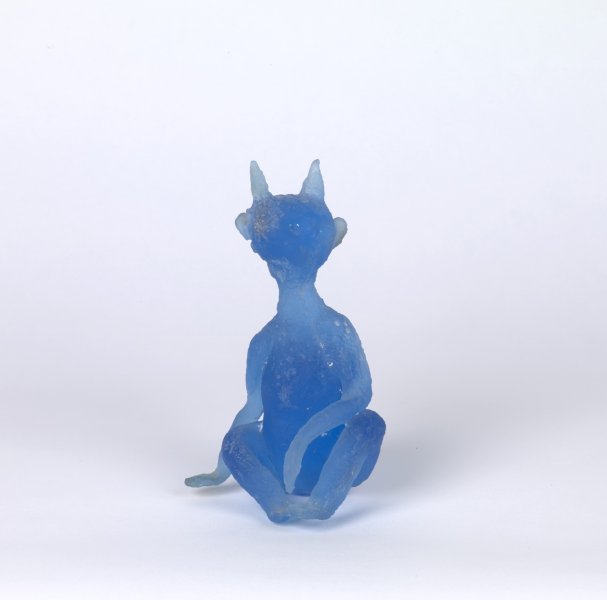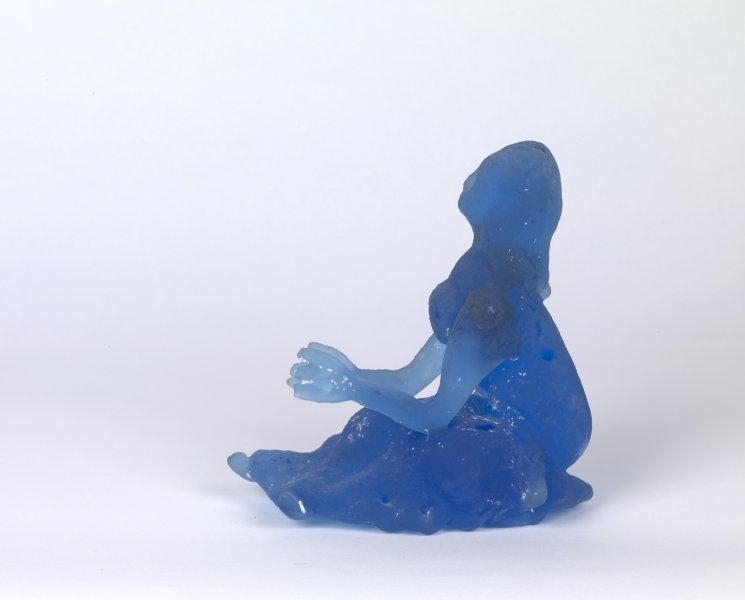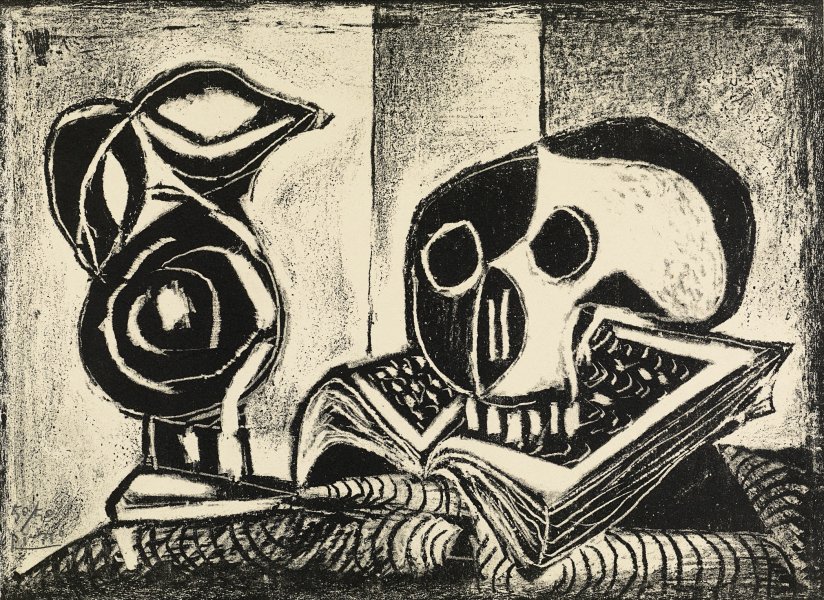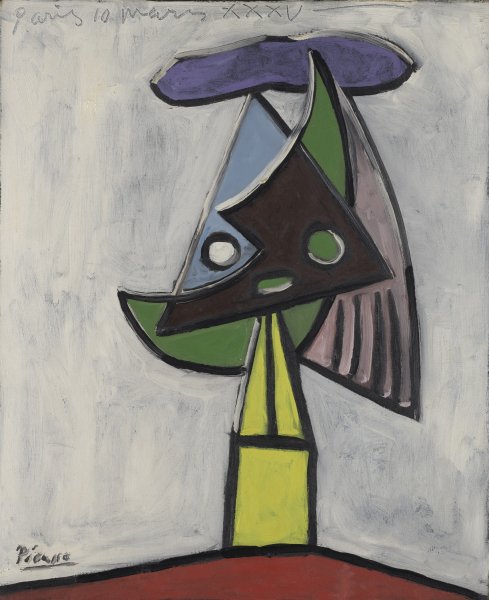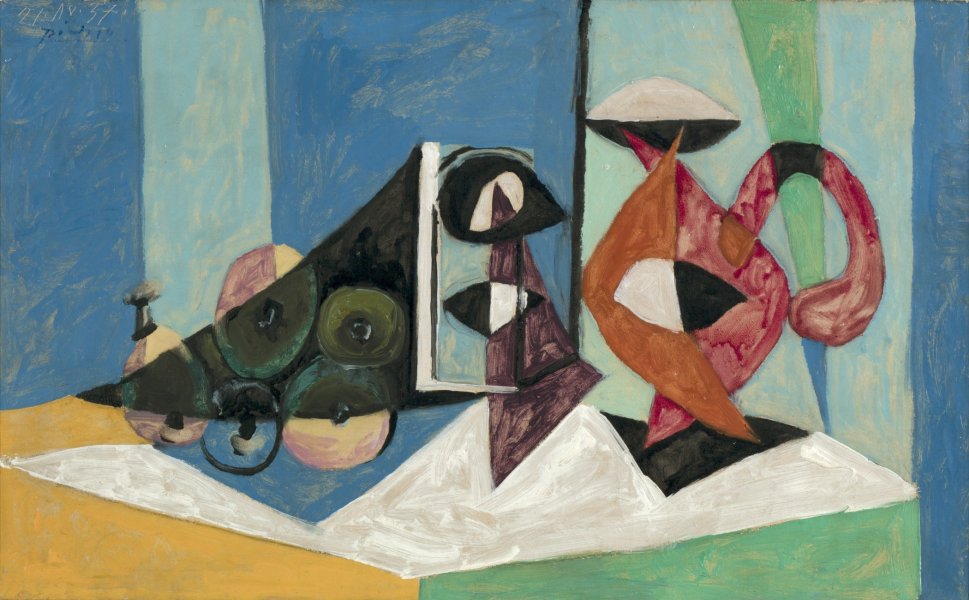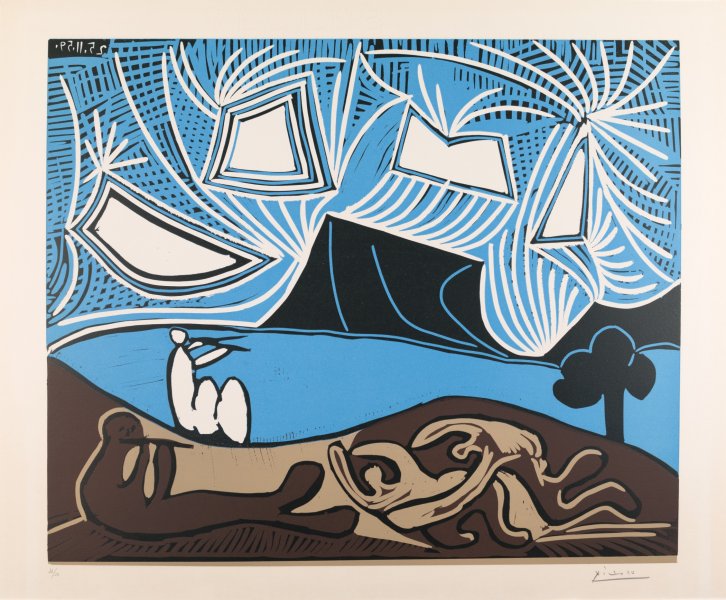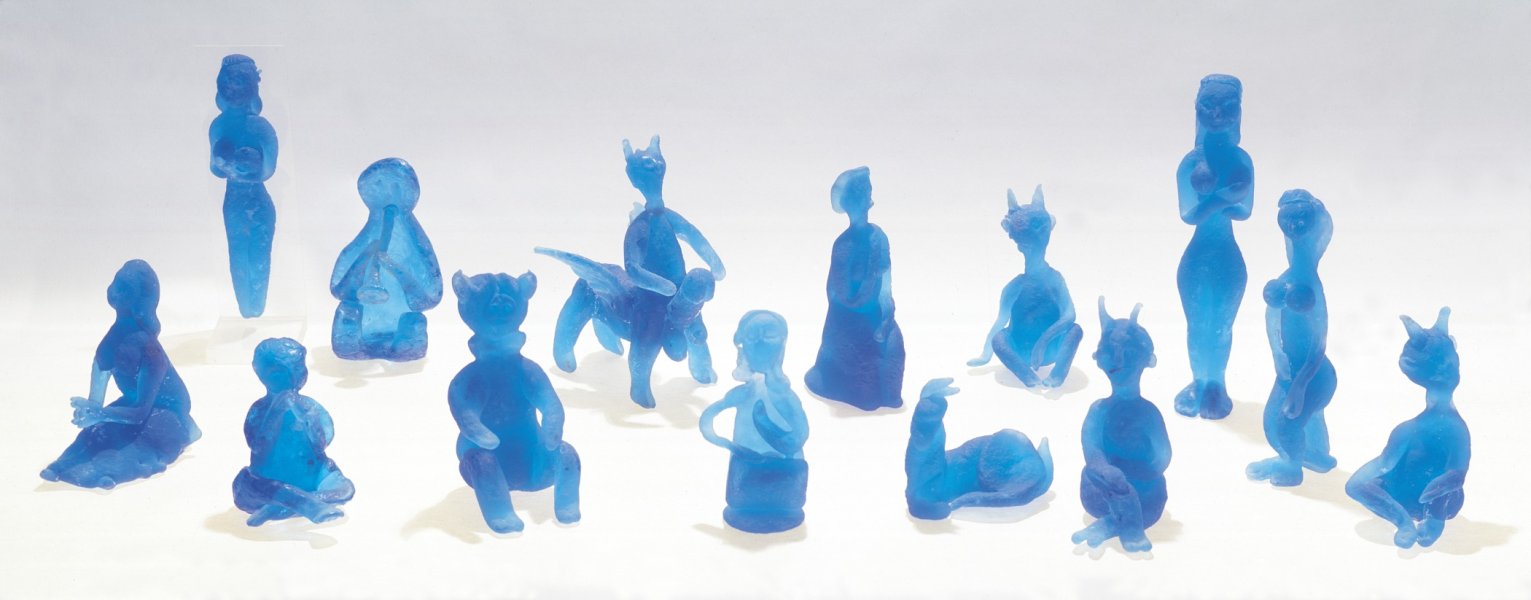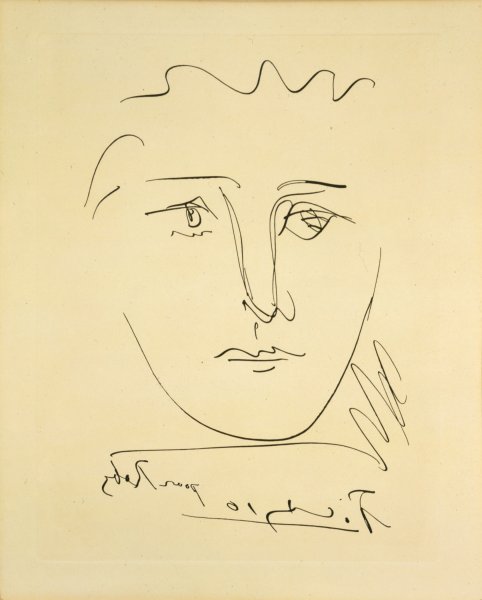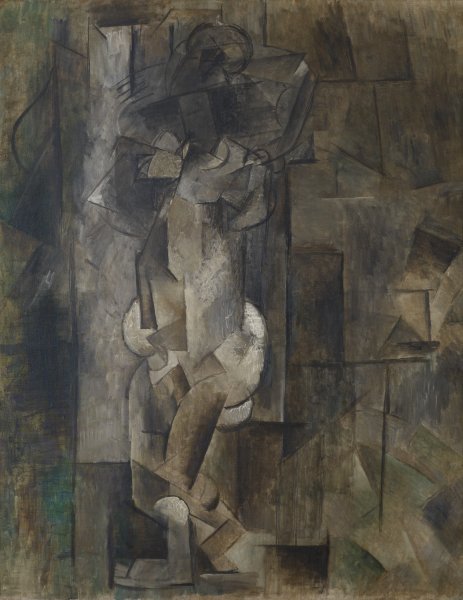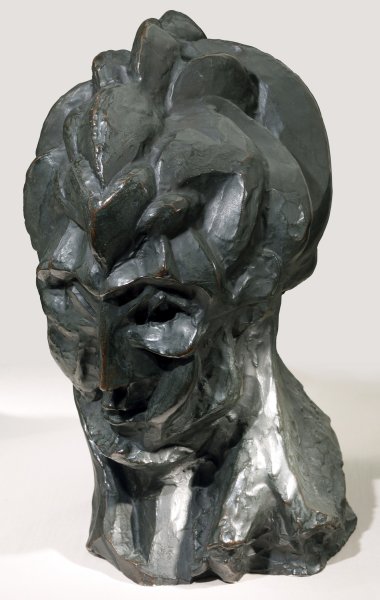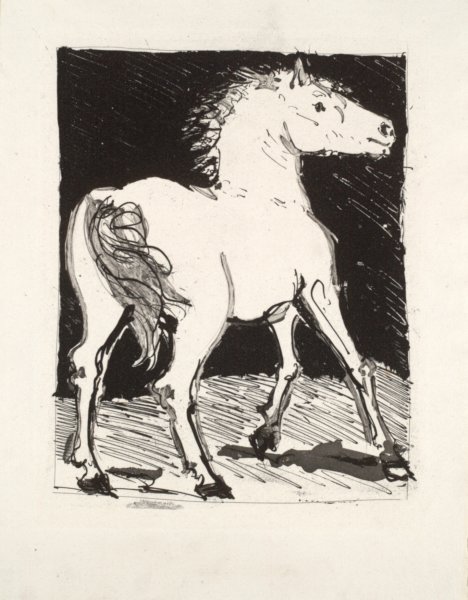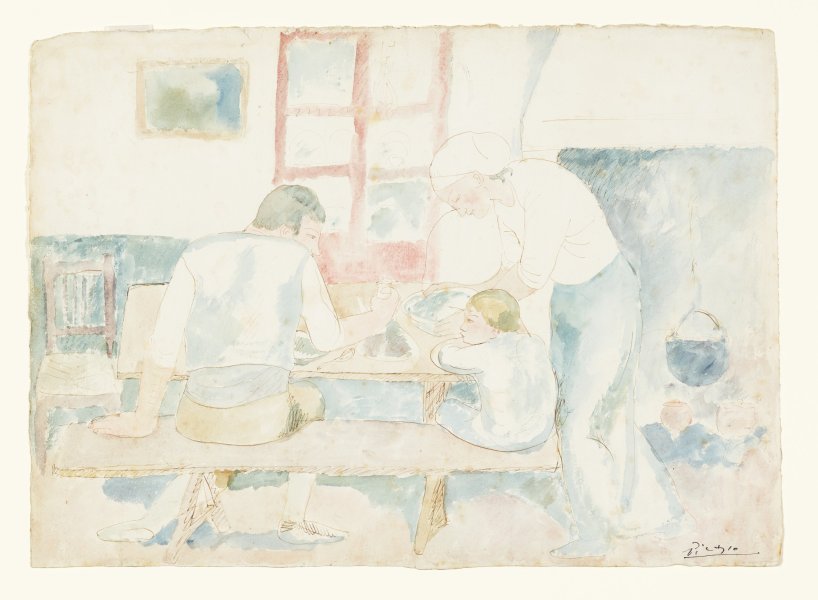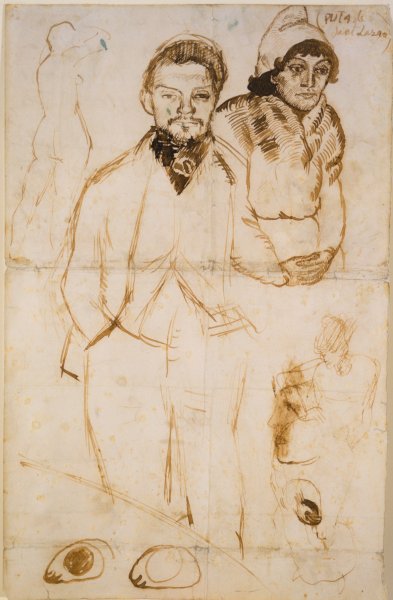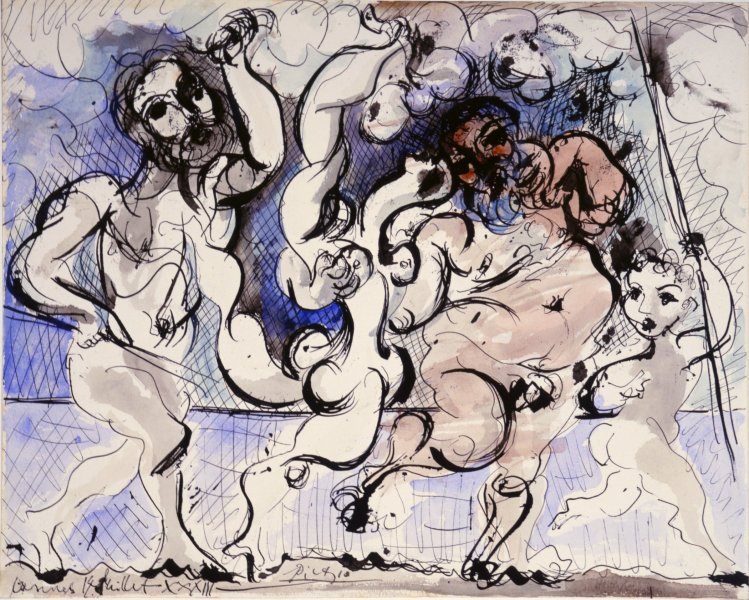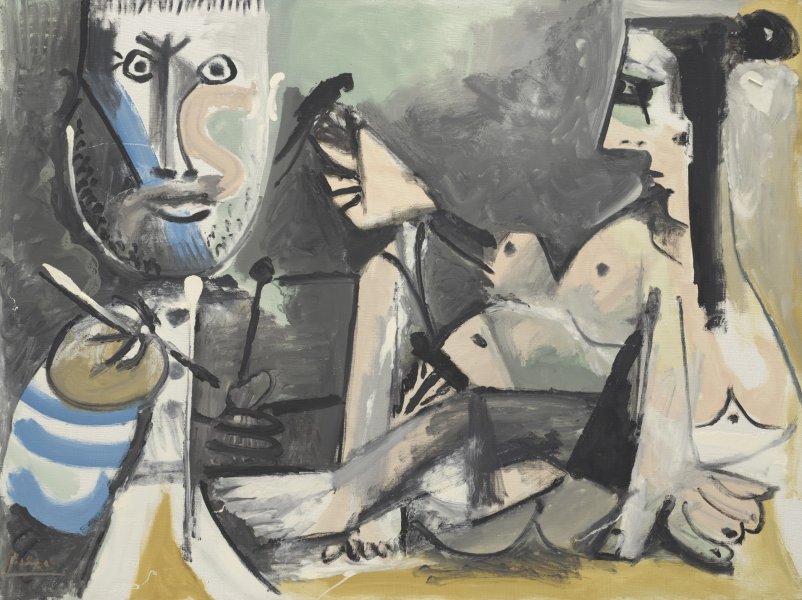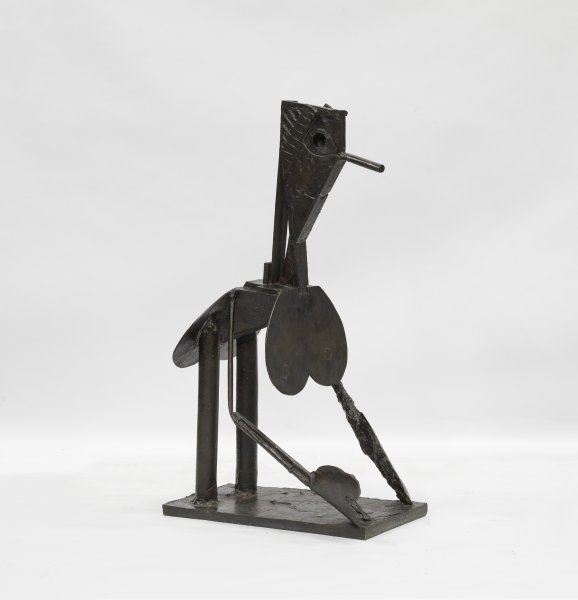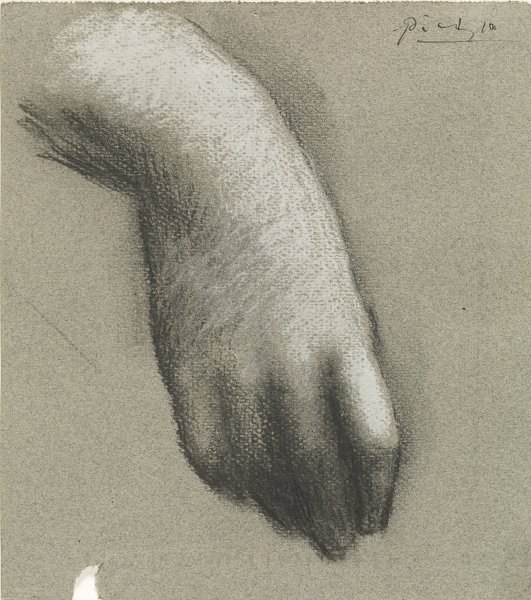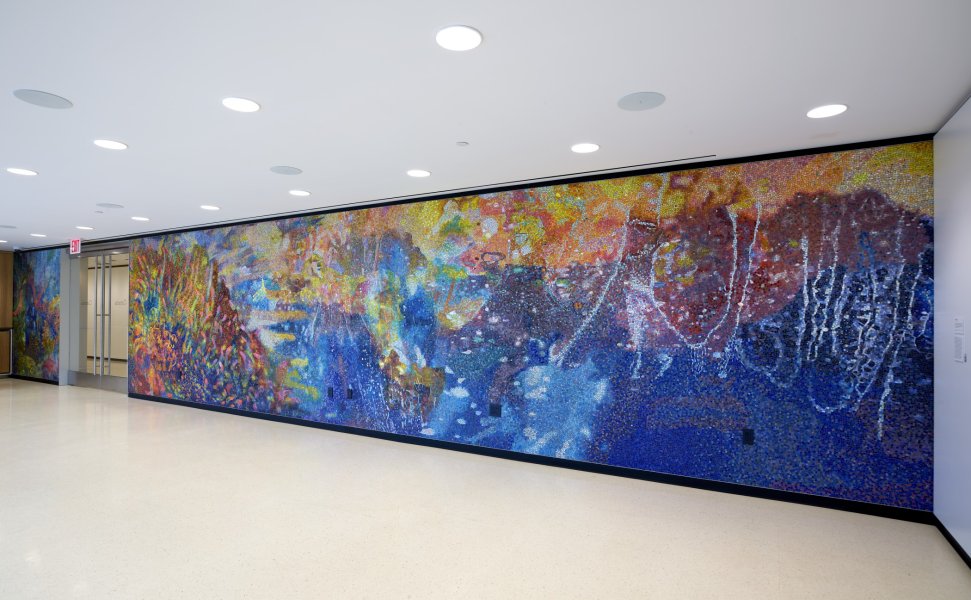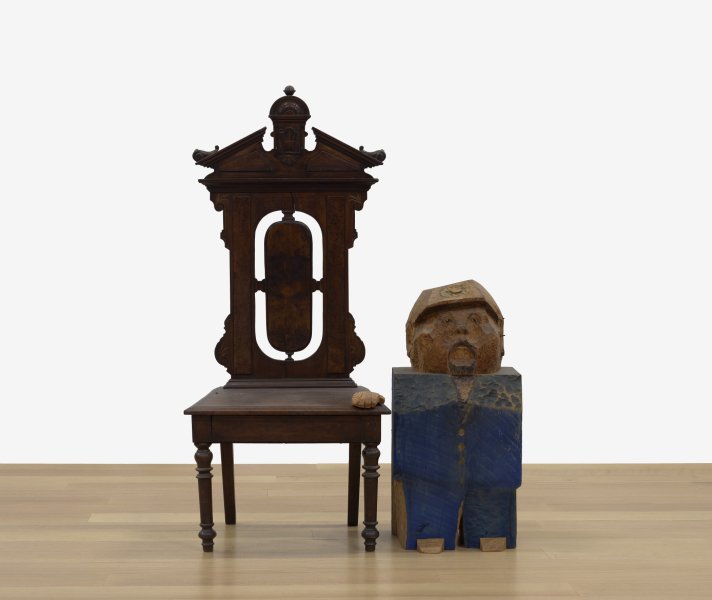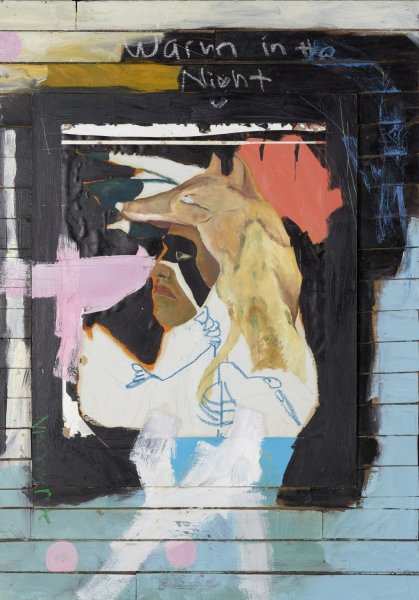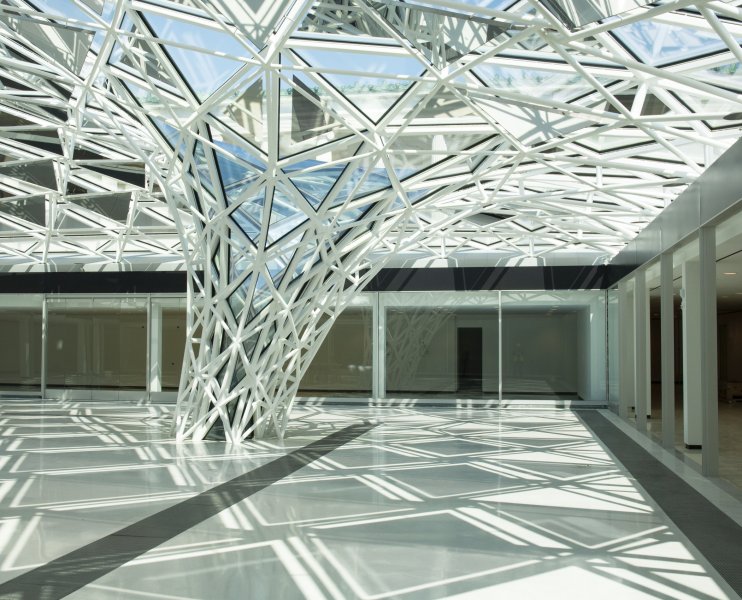Pablo Picasso
Spanish, 1881-1973
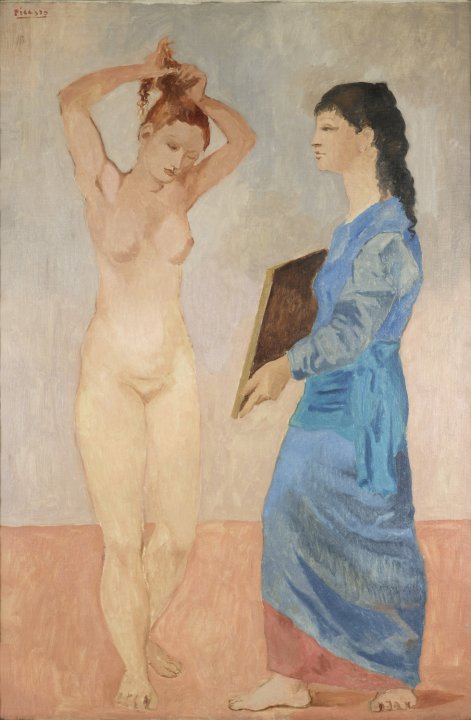
Pablo Picasso (Spanish, 1881–1973). La toilette, 1906. Oil on canvas, 59 1/2 x 39 inches (151.1 x 99 cm). Collection Albright-Knox Art Gallery, Buffalo, New York; Fellows for Life Fund, 1926 (1926:9). © Succession Picasso / Artists Rights Society (ARS), New York.
© Succession Picasso / Artists Rights Society (ARS), New York
Image downloads are for educational use only. For all other purposes, please see our Obtaining and Using Images page.
Search the Site


© Succession Picasso / Artists Rights Society (ARS), New York
Image downloads are for educational use only. For all other purposes, please see our Obtaining and Using Images page.

© Succession Picasso / Artists Rights Society (ARS), New York
Image downloads are for educational use only. For all other purposes, please see our Obtaining and Using Images page.
La Toilette, 1906
Artwork Details
Currently on View
Collection Highlight
Materials
oil on canvas
Measurements
support: 59 1/2 x 39 inches (151.13 x 99.06 cm); framed: 68 x 48 x 5 inches (172.72 x 121.92 x 12.7 cm)
Collection Buffalo AKG Art Museum
Credit
Fellows for Life Fund, 1926
Accession ID
1926:9
Inscriptions:
Provenance:
sold to John Quinn in Paris, September or October 1923;
transferred to estate upon his death on July 28, 1924;
sold to Paul Rosenberg & Co. Gallery, via Joseph Brummer, who was appointed to sell the collection, before January 23, 1926;
sold to the Albright Art Gallery, March 1926
Object Classifications:
Work Type:
Audio Title
Audio Subtext
Audio Description
Information may change due to ongoing research. Glossary of Terms
In 1904, Pablo Picasso moved from his home in Spain to the bohemian Paris neighborhood of Montparnasse, beginning his lifelong relationship with the French avant-garde. However, in the summer of 1906, Picasso and his female companion Fernande Olivier (French, 1881–1966) traveled back to Spain, where they stayed in the remote village of Gósol in the Pyrenees. Happy to get away from the bustle of Paris, Picasso focused on his work. At the time, the artist was engaged in what has become known as his Rose Period, during which he rendered his subjects in vivid red, orange, pink, and earthy tones. Fernande appears in numerous compositions of this era, and she served as the model for both of the women depicted in La toilette. This painting is a poignant study in contrasts. The figure on the left is nude and stands frontally as she views at herself in a mirror held by the second figure. This act of self-admiration is juxtaposed against the timid demeanor of the clothed woman on the right, who presents quietly in profile. Picasso’s dual portrait can be seen as an idealized view of the two sides of his mistress: the sensual and the modest. After three months, Picasso returned to Paris. There he became interested in a more primitive style and made a radical break from his almost naturalistic treatment of the figure in works such as La toilette—a decision that charted his path toward Cubism.
Related Artworks
Related Content
Related Exhibitions
{title} slider controls
Related Publications
{title} slider controls
Other Works by This Artist
No image available,
but we’re working on itNo image available,
but we’re working on itNo image available,
but we’re working on itNo image available,
but we’re working on itNo image available,
but we’re working on itNo image available,
but we’re working on itNo image available,
but we’re working on itNo image available,
but we’re working on itNo image available,
but we’re working on it
